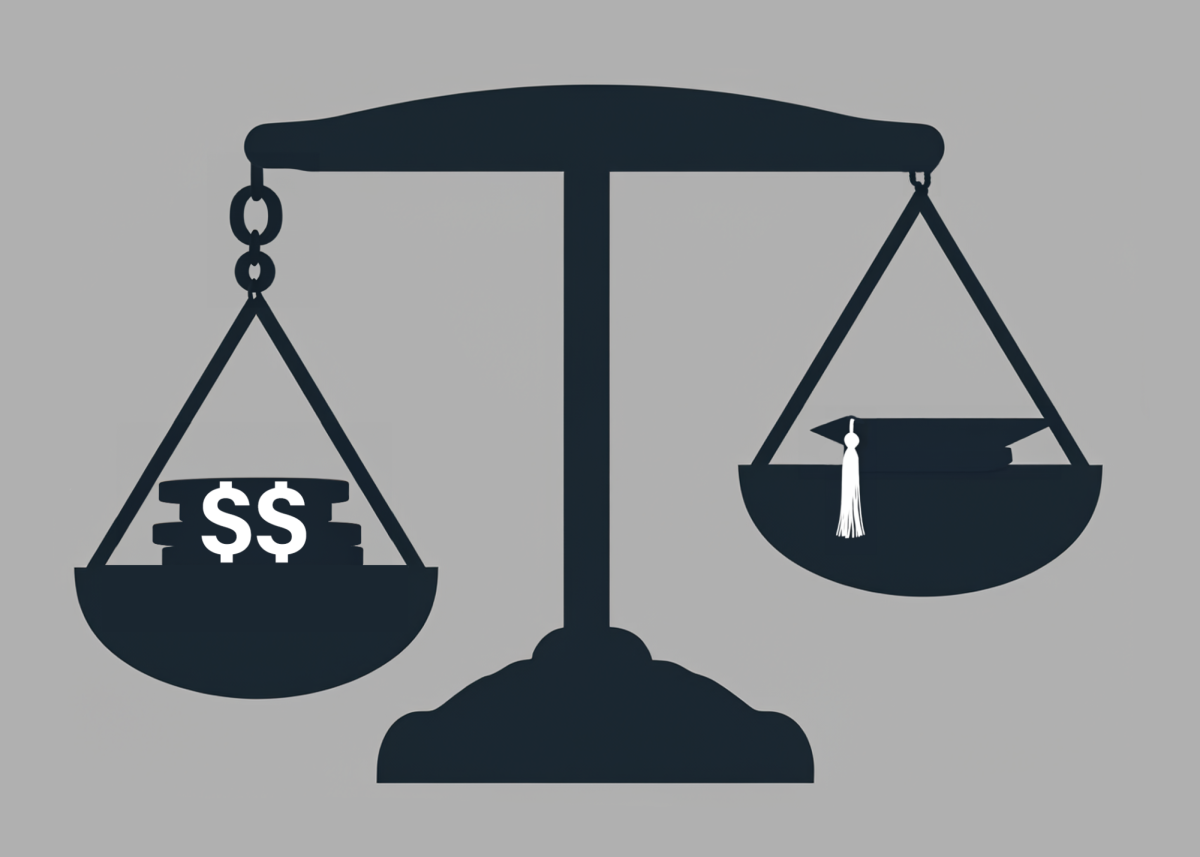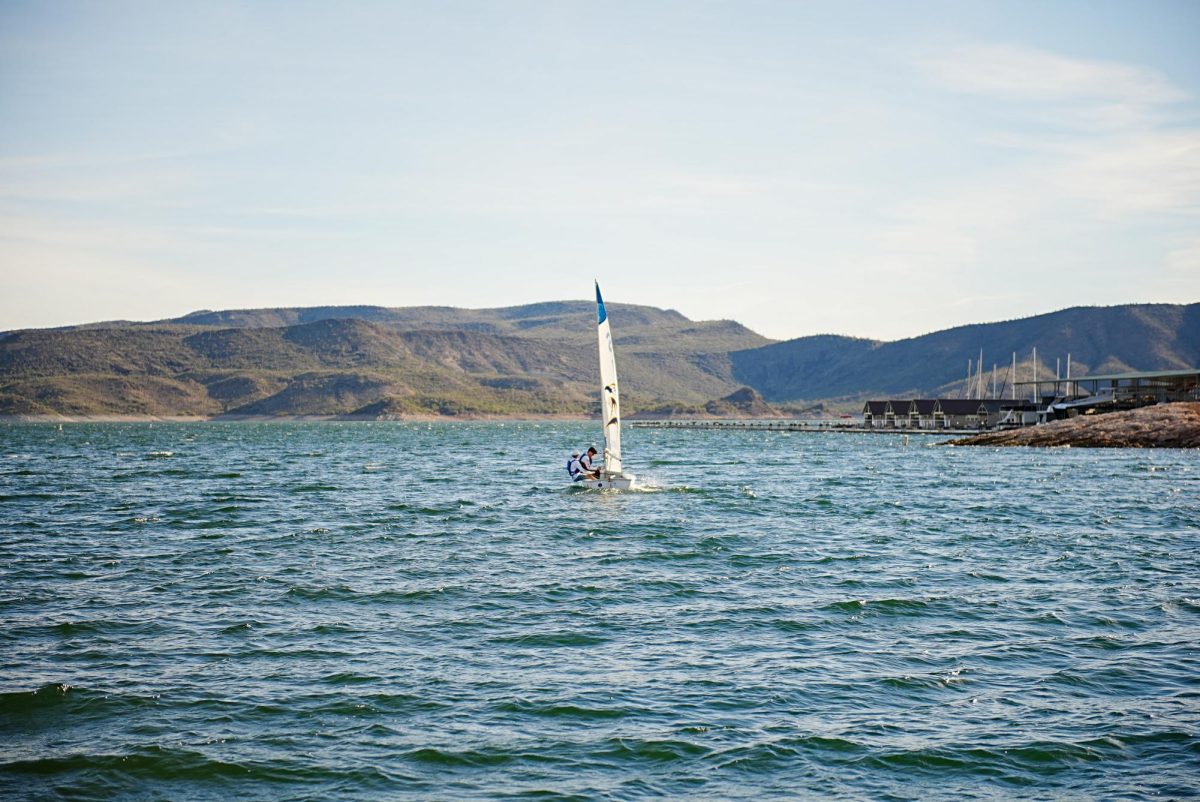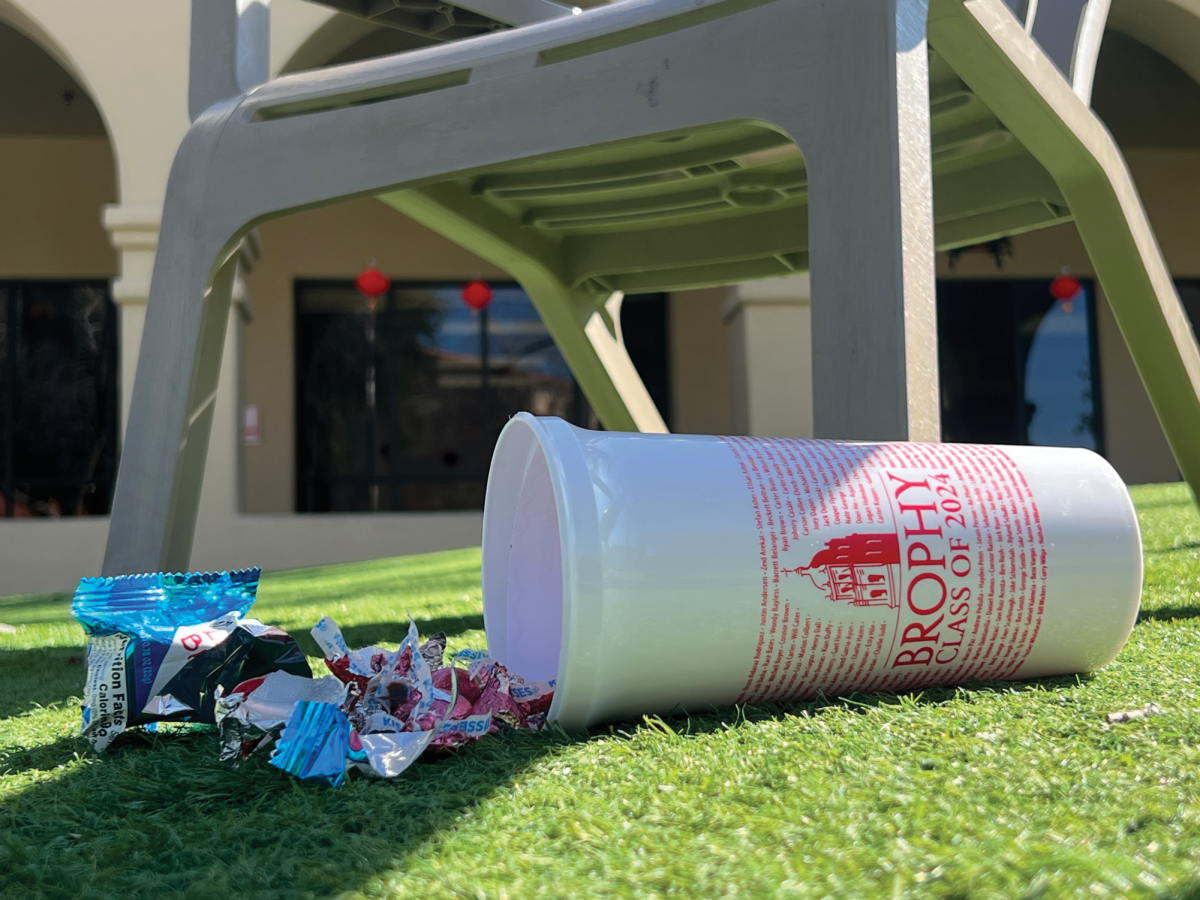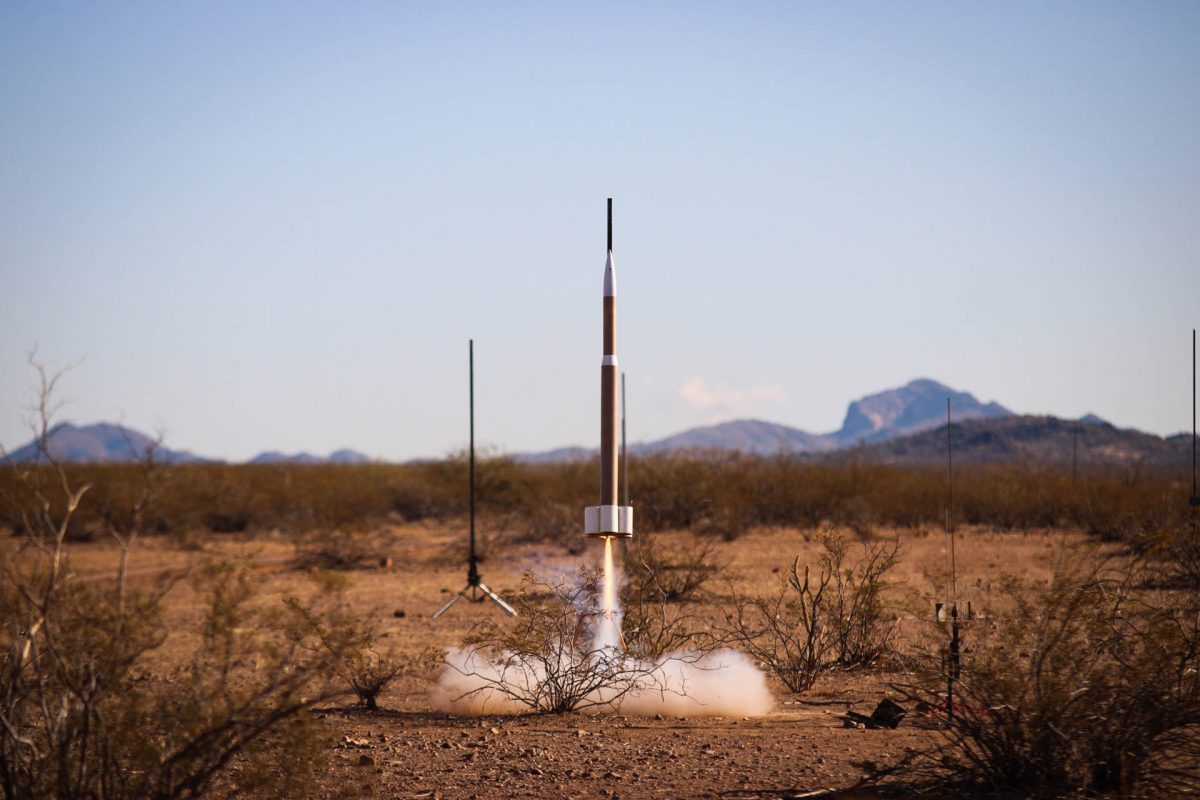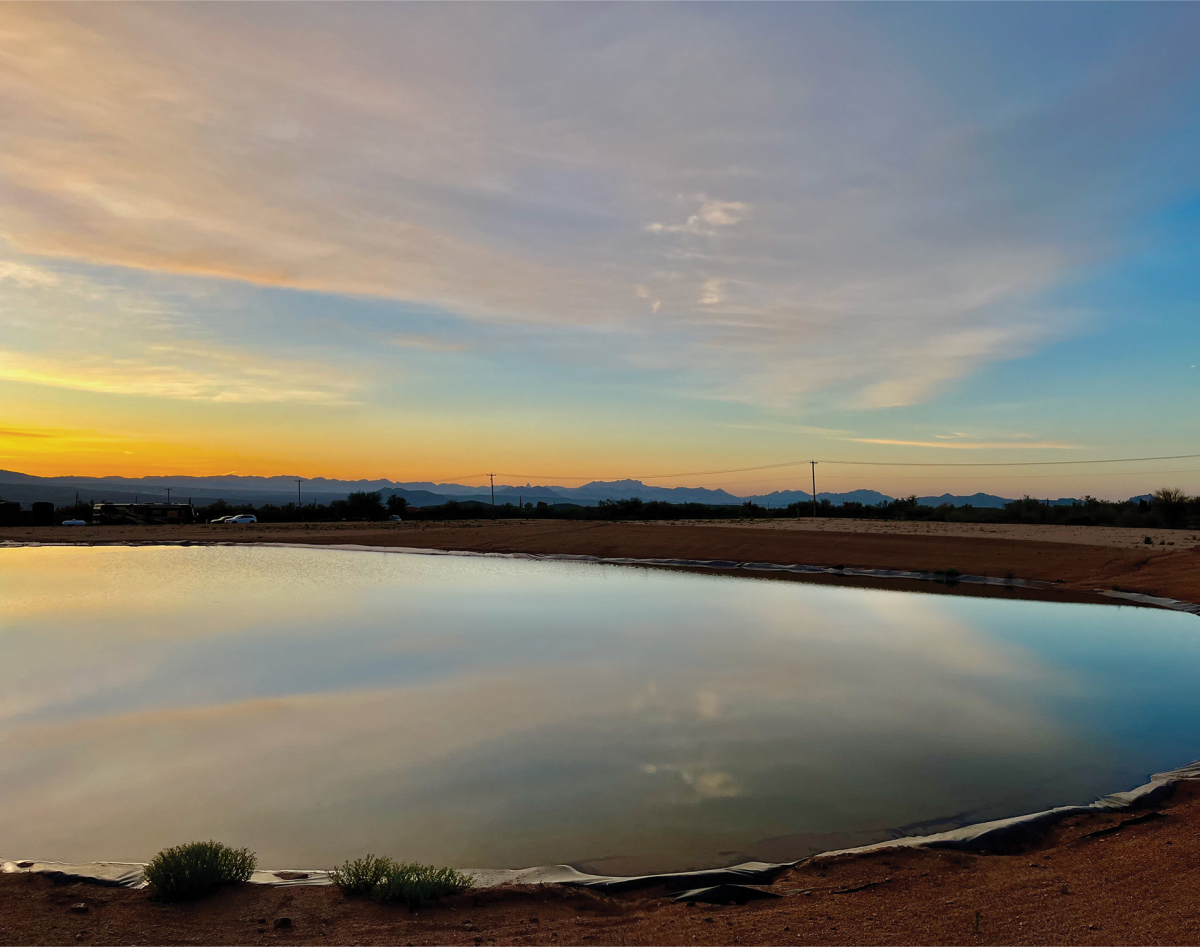Photo and graphic by: Ian O’Riley ’24
Arizona has been in a drought for the past 19 years, and the reservoirs that supply the state with water are getting lower every year according to the Arizona Department of Water Resources.
“Arizona gets 40% of its water from the Colorado River, but it is at record low levels and is being overused by 1.2 million acre-feet of water consumption every year,” said Doug MacEachern from the AZDWR.
This equates to over 390 billion gallons of water being overused annually. Arizona is in the worst drought the state has had to date according to the AZDWR website.
MacEachern said that the recent heat and dryness have caused the soil to absorb water that would go towards replenishing large reservoirs of water that Arizona uses to supply water to its citizens.
“These reservoirs, Lake Mead and Lake Powell, are at an all-time low and they will get worse unless we have more winters with high levels of rain and low temperatures,” MacEachern said.
The lakes continue to get shallower every year with the lack of rainfall and runoff water that would usually refill them. Coupled with the dry, surrounding environment that soaks up all the water, they have not reached maximum capacity since the early 1980s.
He said that 70% to 80% of Arizona’s water is devoted to agricultural use, however, a vast majority of that water comes from groundwater aquifers.
This water is being pumped irresponsibly in areas that are largely unregulated or uncontrolled by Arizona water regulations according to a study done by azcentral.
“In those unregulated rural areas of the state, the overuse of water is getting worse. Large commercial farms are ramping up, drilling wells and pumping billions of gallons from stressed aquifers every year,” azcentral said about data regarding the overuse of water in the agricultural industry.
These aquifers aren’t large enough to support this much strain on the water supply, and they aren’t being refilled quickly enough to account for the lost water from drilling new wells.
“The aquifers in Arizona are seeing too much use to be sustainable, and they are too shallow to supply industrial users,” MacEachern said.
Recent residential developments in the Rio Verde foothills and other far-away communities in Arizona have also begun to rely on these aquifers as a source of water. However, many of the communities don’t have a long-term plan to access water other than the aquifers, so they are facing problems as they dry up.
Developers are required to have a certificate of assured water supply that guarantees a water source for at least 100 years.
“Many of these developments shirk this requirement by developing smaller pieces of land that don’t need this certificate,” said MacEachern.
These communities get around the requirement by building on parcels of land that are less than the minimum size to require a certificate of assured water supply.
The drought is affecting thousands of communities in Arizona reliant on Colorado River water, and the overuse of Arizona’s groundwater supply is only pushing the drought in a worse direction.
“The investigation found the water levels in nearly one in four wells in Arizona’s groundwater monitoring program have dropped more than 100 feet since they were drilled, a loss that scientists and water experts say is likely irrecoverable,” azcentral said about wells in rural communities.
Arizona has regulations on water companies’ allowance to its customers according to MacEachern, and if the drought continues Arizona could see further limits imposed on water usage in homes. Outdoor water usage could also be restricted, and the state could see drastic changes in allowed water usage if not reversed.

He said that companies could impose maximum water usage restrictions on homes in order to conserve water during the drought.
The water shortage in Arizona is worsening as industrial users continue to deplete the groundwater stores, and the large reservoirs that supply citizens with water are getting shallower every year.



